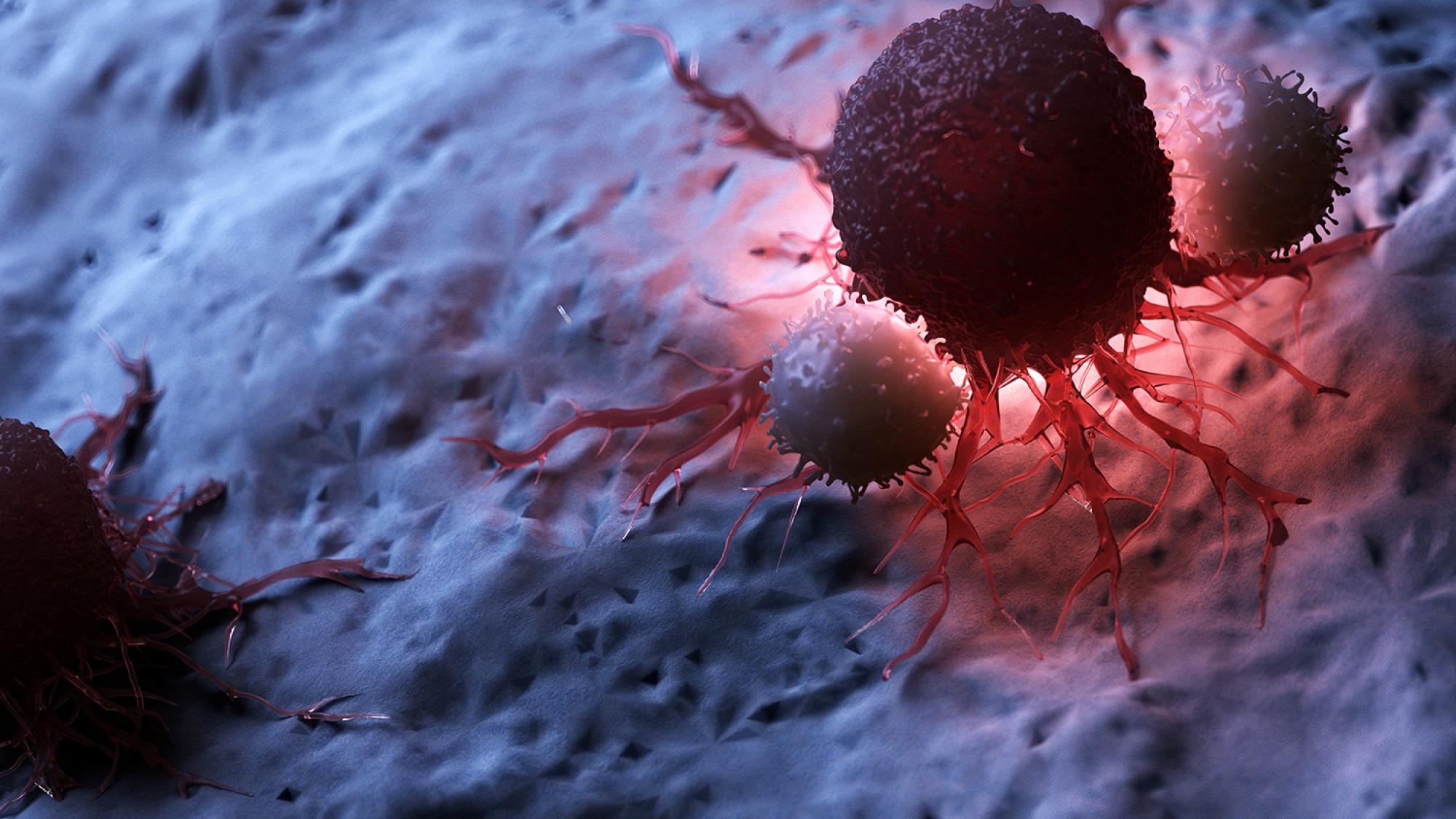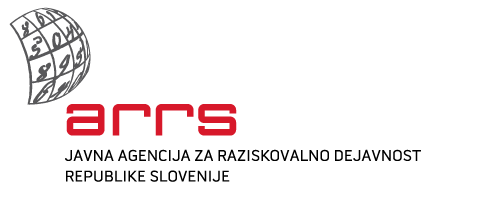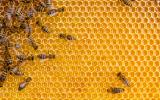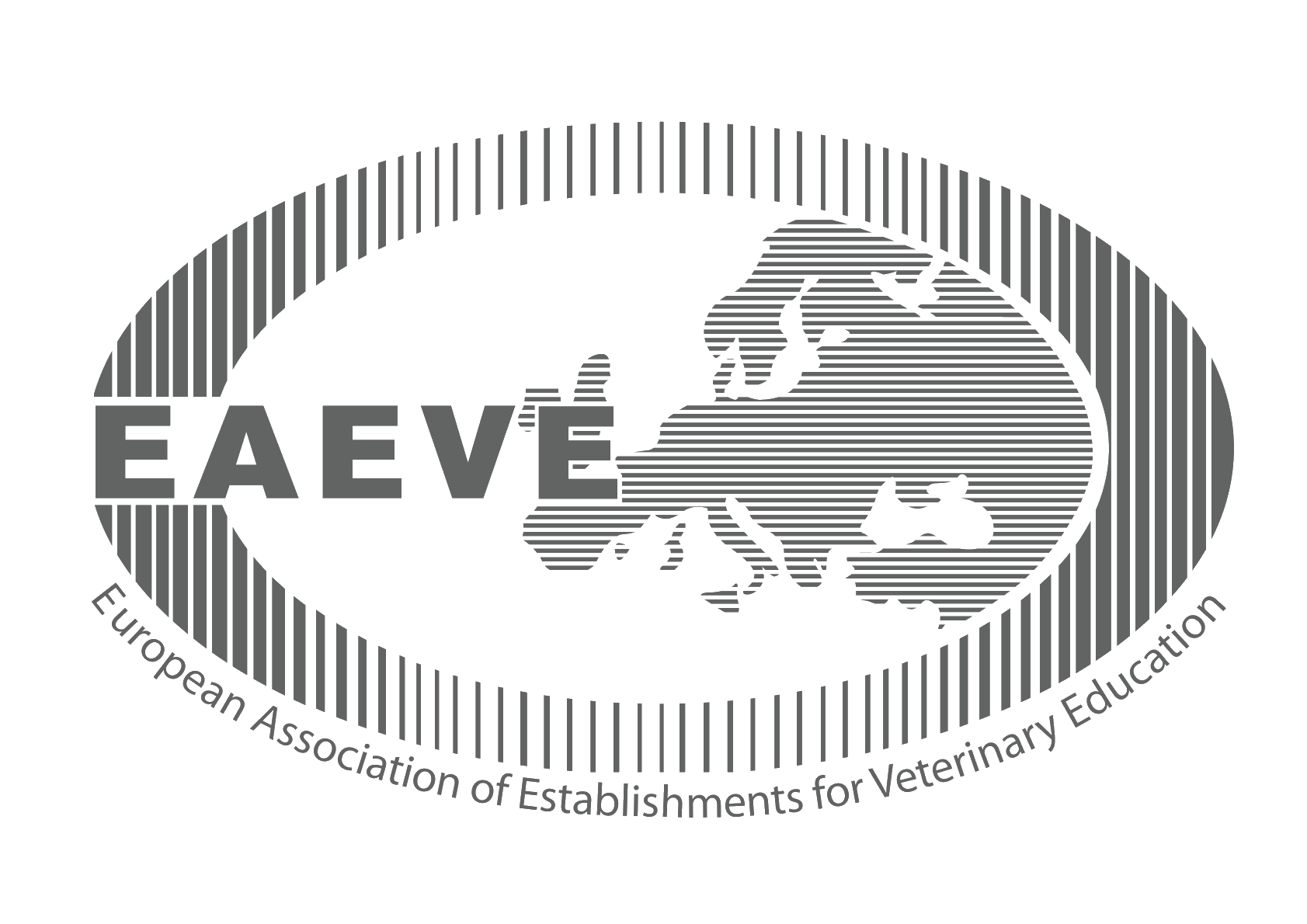J4-2546

Monitoring of the clinical and immune response to improve the outcome of combined electrochemotherapy and IL-12 gene therapy in dogs with spontaneous peripheral tumours

General Data
Member of UL |
Veterinary faculty |
|
Name of the leading partner |
University of Ljubljana, Veterinary faculty | |
Status |
leading partner | |
Project code/ Project No |
J4-2546 | |
Project Title |
Monitoring of the clinical and immune response to improve the outcome of combined electrochemotherapy and IL-12 gene therapy in dogs with spontaneous peripheral tumours | |
Financier |
ARRS | |
Project period |
1.9.2020 - 31.08.2023 | |
Yearly sum of FTE |
1,2 FTE | |
Leader |
prof. dr. Nataša Tozon, dr. vet. med. | |
Scientific field |
Biotechnical sciences – Veterinarian medicine | |
Partners |
Institute of Oncology Ljubljana, Jožef Stefan Institute, University of Ljubljana, Veterinary Faculty |
Project Phases
The objectives of the project are implemented in work packages (DS), which are divided into individual tasks.
WP 1 |
Preparation of the Clinical Study (Leader: Nataša Tozon)In this work package we will focus on the preparation of the clinical study. Tasks include the preparation of a clinical study protocol and its submission to the relevant authorities. Due to the use of genetically modified organisms (bacteria) in the production of plasmid DNA for the clinical study, the submission of a risk assessment (for clinical trial submission) to the Ministry of Environment and Spatial Planning of the Republic of Slovenia is required. Documents are prepared for the owners describing the purpose of the study and description of the treatments, as well as a consent form.
|
|
WP 2 |
Determination of Bleomycin Pharmacokinetics (Leader: Tina Kosjek)We will determine the concentration of bleomycin in the blood and tumors of dogs treated with ECT. An analytical method based on liquid chromatography coupled with high-resolution mass spectrometry (LC-MS/MS) will be used to determine the concentration of bleomycin. This method has already been used to determine the pharmacokinetics of bleomycin in elderly patients treated with ECT.
|
|
WP 3 |
Monitoring the Immune Response to Therapy (Leader: Nataša Tozon)We will evaluate the immune response to therapy in terms of pre-therapy immune status (tumour microenvironment, intestinal microbiota) and the immune response to therapy itself (immune cell populations in whole blood). In addition, we will investigate how treatment efficacy relates to selected patient-specific characteristics (tumour microenvironment and intestinal microbiota before treatment, systemic immune response after treatment). Our preliminary results suggest that the number of regulatory T cells (Treg) and CD8+ lymphocytes, which are immunosuppressive and contribute to disease progression, is reduced after GET IL-12. In addition, the upregulated expression of PD-1 and PD-L1 after immunotherapy with IL-12 is described, which can be used to determine the efficacy of the therapy. Additionally, the difference in clinical outcome between tumours treated with peritumoral vs. intratumoral GET application will be evaluated.
|
Project description
Immunotherapies, based on the encouraging results of preclinical and initial clinical trials, have greatly influenced cancer treatment guidelines in recent years, especially for immunogenic tumours. In addition to immune-based antibodies, the development of basic cancer research is focused on DNA vaccines and therapies. Significant progress has also been made in the development of plasmid DNA. The most advanced plasmid DNA and electroporation immunotherapy is interleukin-12 (IL -12) immunotherapy, which is already on the priority list to become an orphan drug in the US. Plasmid DNA alone cannot cross the cell membrane, so a physically mediated transfer system, electroporation, is used to transfer the plasmid to target cells. Electroporation is currently used in electrochemotherapy (ECT) (combination of cytotoxic drugs, such as bleomycin or cisplatin, with electroporation). The application of electrical pulses increases the permeability of the cell membrane, allowing increased uptake of the drug. Determination of bleomycin concentration in blood serum or plasma and target tumour tissue in a human clinical trial suggested the possibility of reducing bleomycin dose in elderly patients.
Electroporation can also be used for gene transfer (GET). GET with IL -12 is one of the most advanced immune gene therapies. It has already been shown to be safe and effective in preclinical and clinical studies in dogs with spontaneous tumours. Preclinical studies in mice have demonstrated the induction of long-term antitumor immunity, one of the main effects of GET with IL -12. The antitumor effect of GET IL-12 is multifaceted and includes antiangiogenic effect, activation of cytotoxic T lymphocyte activity, and activation of M1 macrophages, with systemic cytokine concentration lower than recombinant cytokines or adenoviral administration, which means safer treatment. An important advantage of this type of treatment is the low immunogenicity of plasmids compared to viral vectors, which allows repeated DNA application. A clinical trial in the treatment of malignant melanoma metastases in humans has shown that in some cases intratumoral GET with IL -12 can have a systemic "abscopal" effect on distant, untreated tumours. GET IL-12 may also increase the efficacy of standard therapies such as radiotherapy and ECT that cause immunogenic cell death.
The combination of ECT and GET with IL -12 is already used to treat dogs with cancers of various histologies, but many questions remain regarding bleomycin dosing, the site of administration of the plasmid encoding IL -12, and the reasons for individual differences in response to therapy. With the aim of safer and more efficient use of the plasmid encoding canine IL -12, we have already developed a suitable antibiotic resistance gene-free plasmid that complies with the EMA regulations for gene therapy. Although peritumoral administration of the plasmid encoding IL -12 has already been shown to be effective, preclinical studies suggest that intratumoral administration may have an even better antitumor effect, which we would like to evaluate in the proposed project.
The main objective of the proposed project is to optimize the components of the combination therapy in order to improve the efficacy of the treatment and reduce the side effects. To this end, we will establish a protocol for conducting a clinical trial, including a risk assessment in dogs with spontaneous peripheral tumours, in which we expect to determine the pharmacokinetic profile of bleomycin in dogs of different ages and body weights and to determine an appropriate time window for electroporation after cytostatic administration. We also expect GET to be as successful or more successful with intratumoral administration of IL -12 than with peritumoral administration. By determining the expression of selected tumour infiltrating lymphocytes (TLIs) (CD8+, regulatory T lymphocytes (Treg)) and programmed death receptors and ligands (PD-1/ PD-L1) in tissue samples prior to treatment, we will be able to determine the frequency and number of treatments in correlation with clinical data. A better response to treatment is expected in animals in which there are fewer Treg and PD-1 positive cells in the tumour microenvironment, and in animals in which IL -12 GET treatment will result in a decrease in circulating Treg and CD8+ lymphocytes. Prior to treatment, we will also analyze the composition of the intestinal microbiota and, in correlation with the success of the therapy and other biomarkers, we will prepare recommendations for regulating the intestinal microbiota.
Structure of the project group
SICRIS
The veterinarian on duty
Emergency veterinary assistance for dogs and cats and a telephone number of constant readiness.
Library
A wide selection of domestic and foreign professional literature in the field of veterinary medicine and other sciences.
Location
Gerbičeva 60
SI-1000 Ljubljana
Slovenija
Sample Reception
Samples are received at several locations throughout Slovenia. See where.
Main navigation
-
Education
- Informativni dan
- Why to become a veterinarian?
- Undergraduate Studies
- Postgraduate studies
- Pripravništvo
- Summer Schools
- Continuous education
- Professional Development
- International Activity
- Mednarodna dejavnost - Tuji študentje
- The Path to Creative Knowledge
- Tutoring
- Extracurricular Activities
- Career Centres
- Alumni
- Student organizations and societies
- Quality Assurance
- Clinics
- Diagnostics
- Dobrobit
- NVI
- Research
- About us
- Hub



